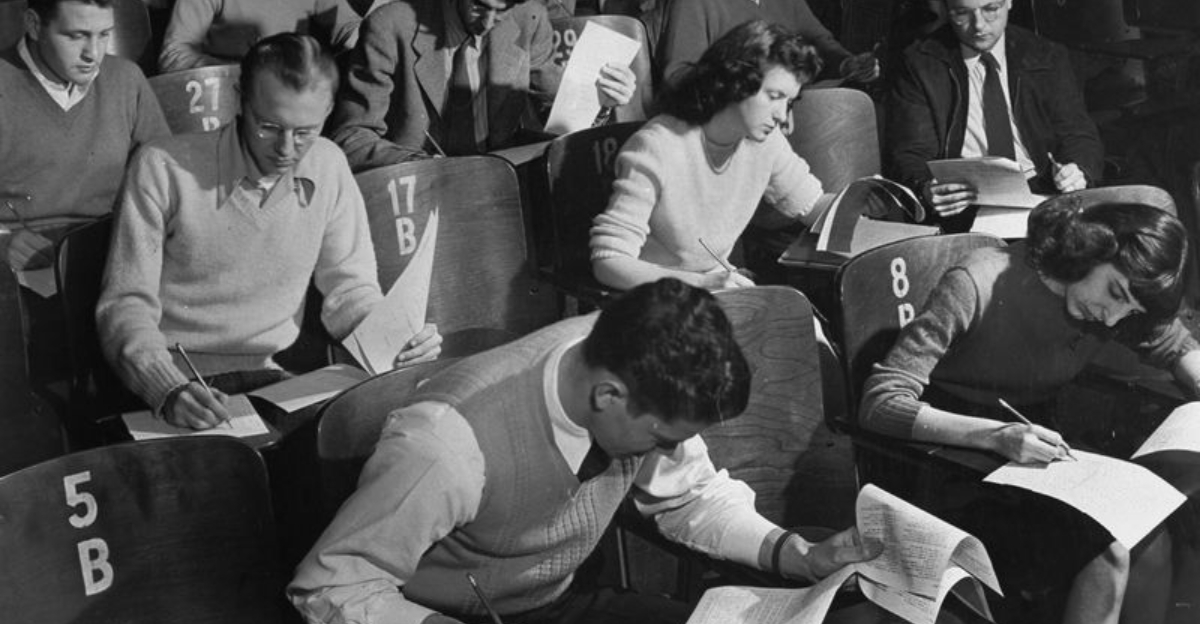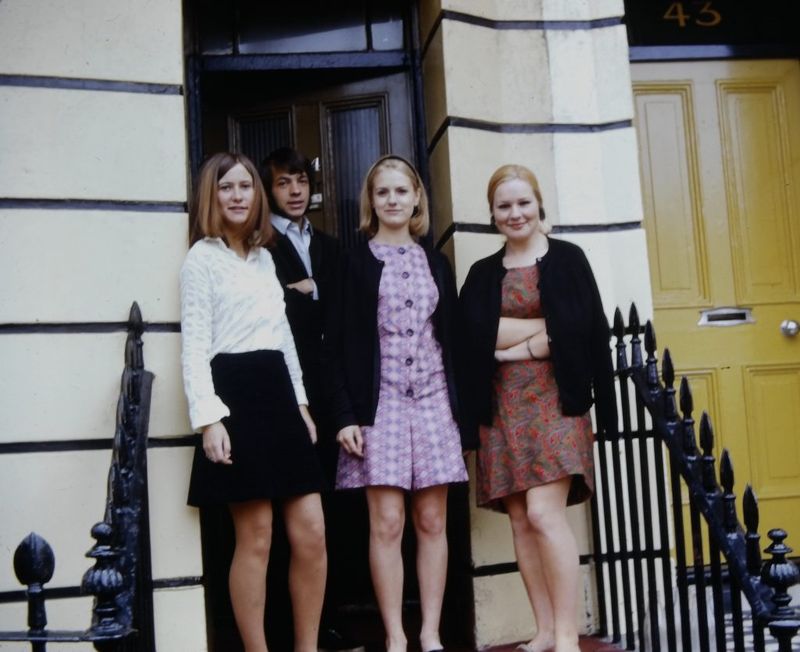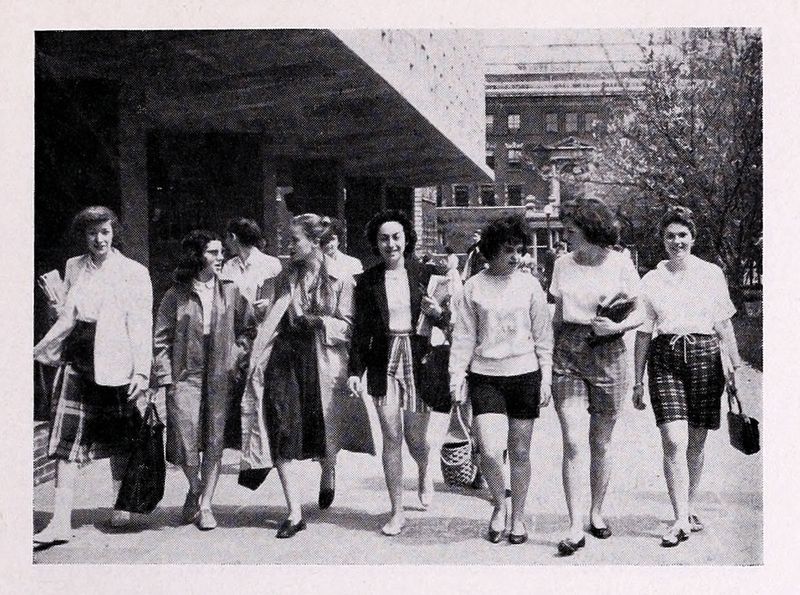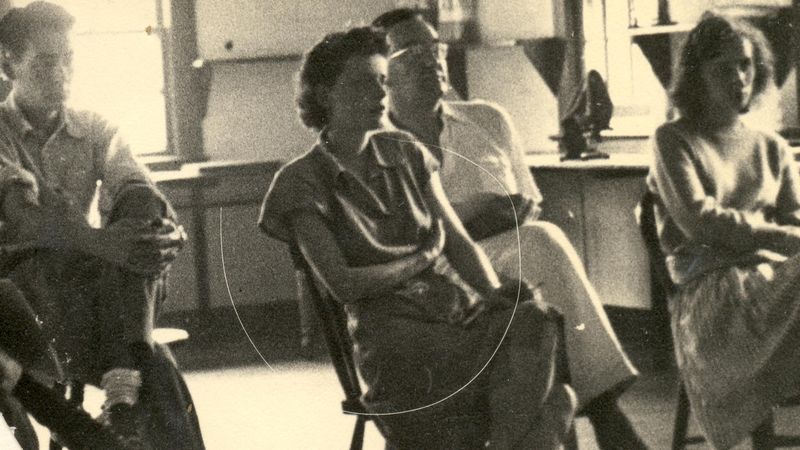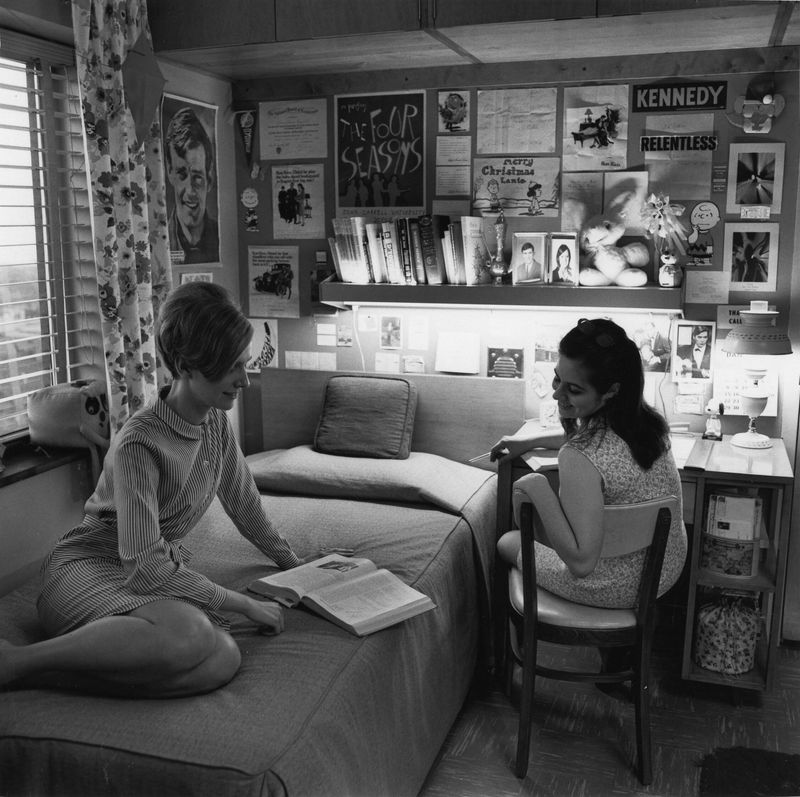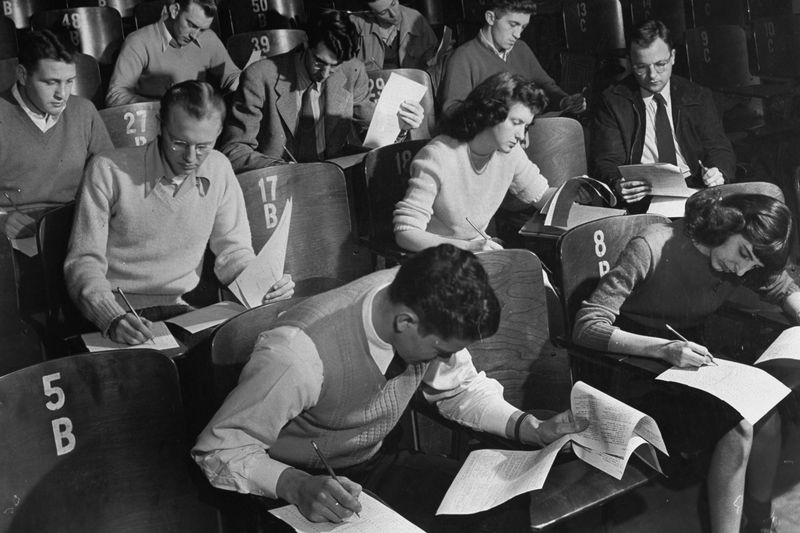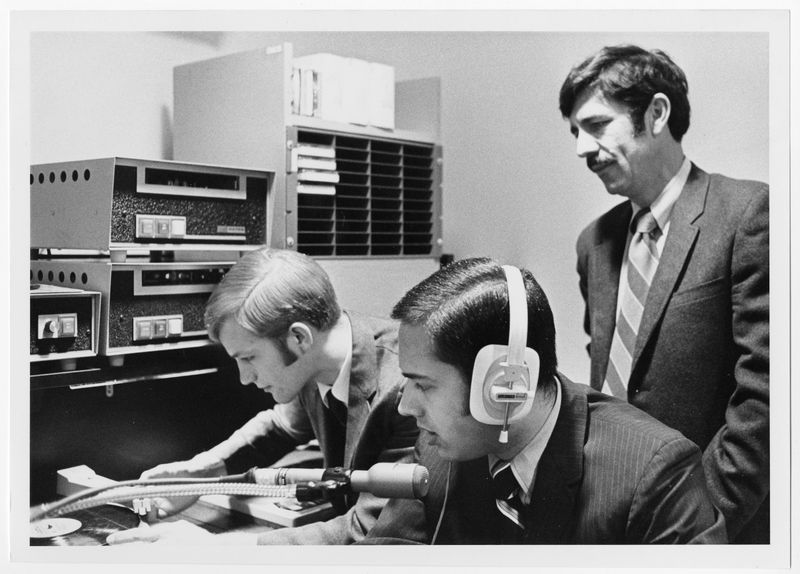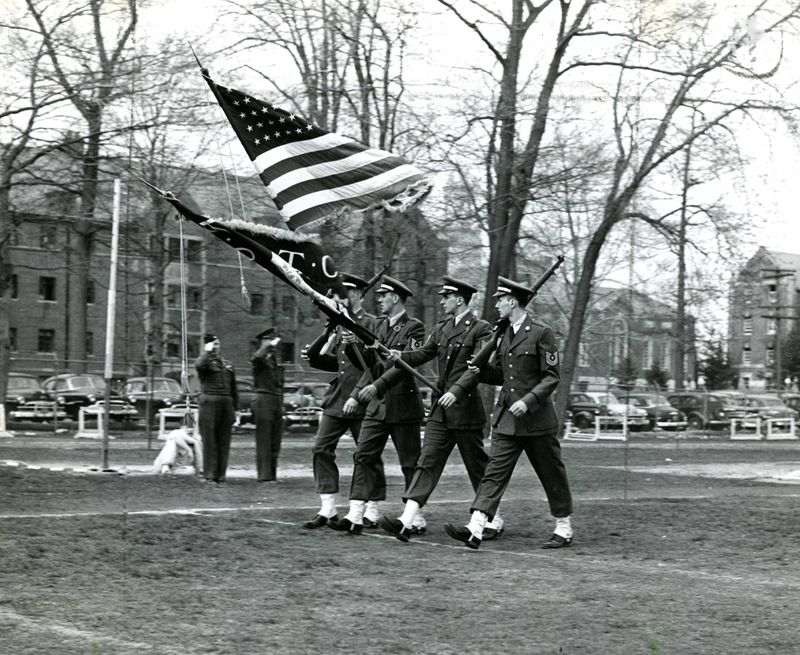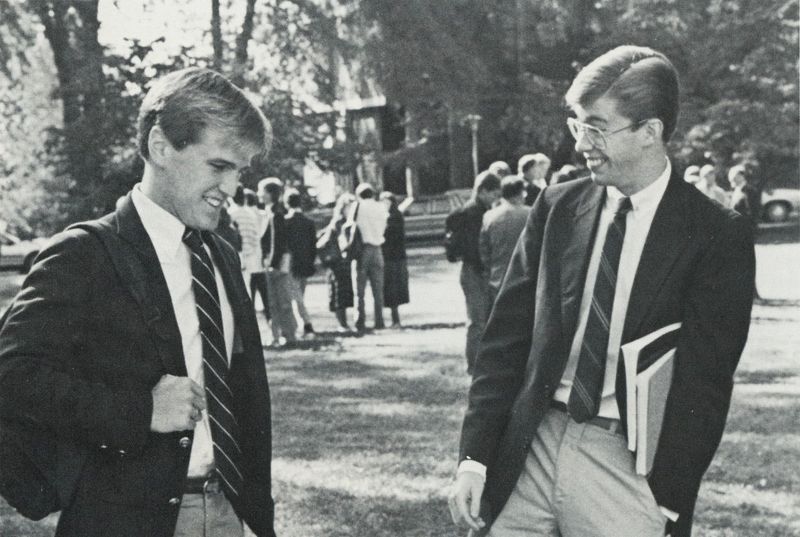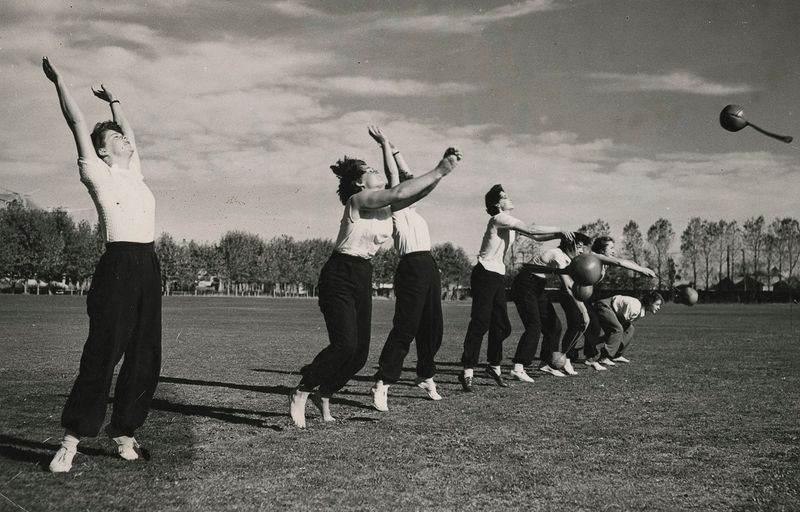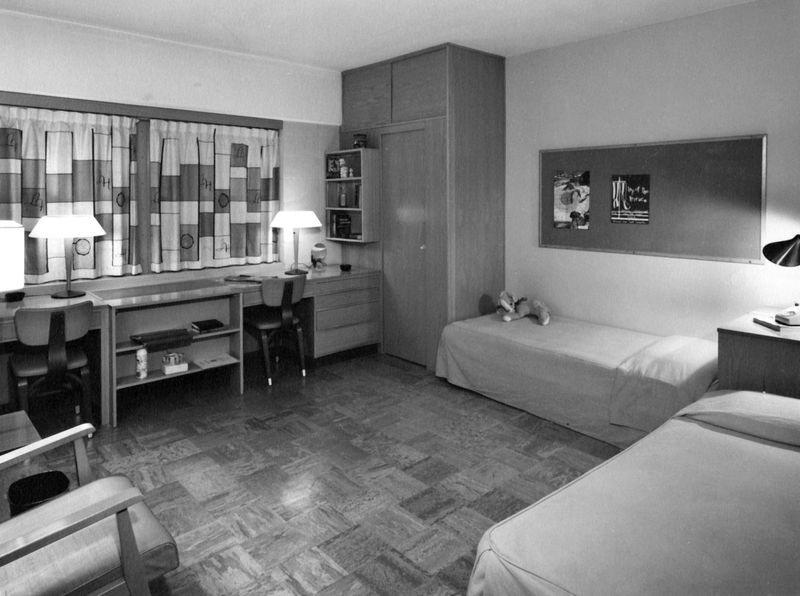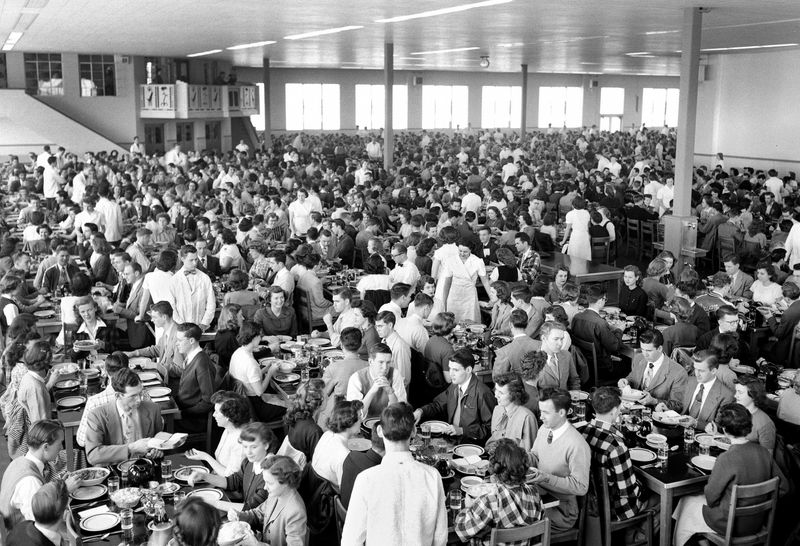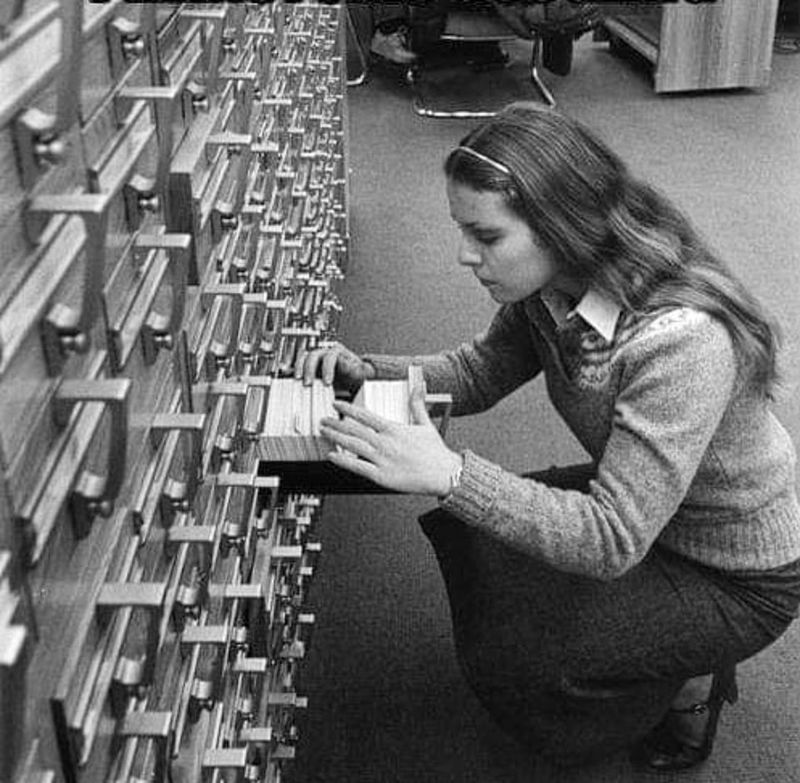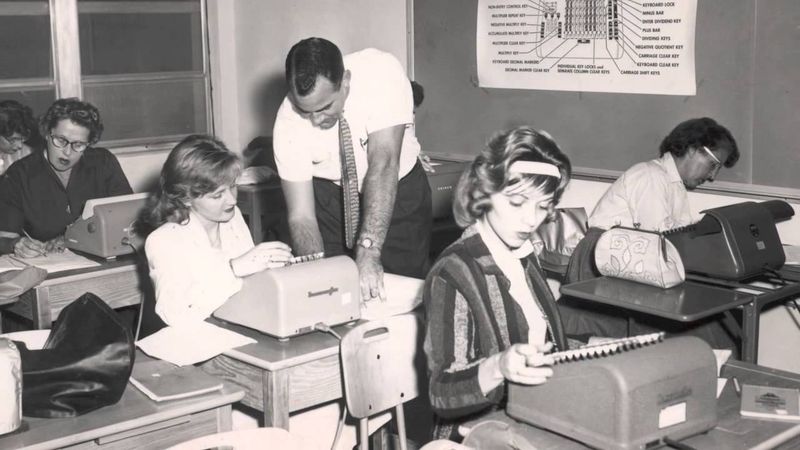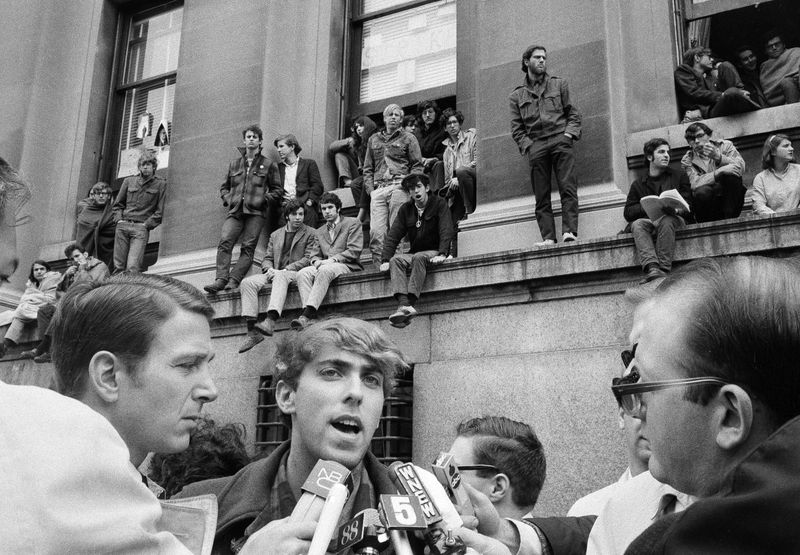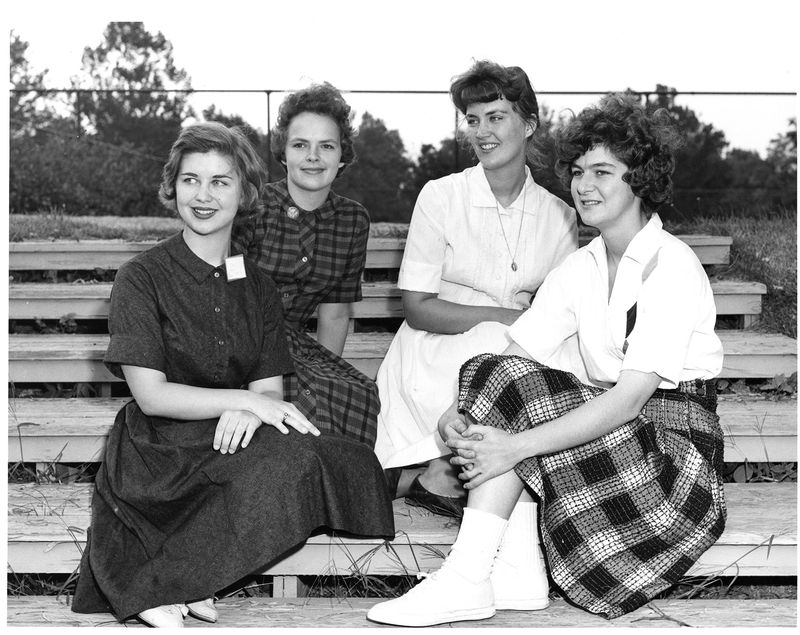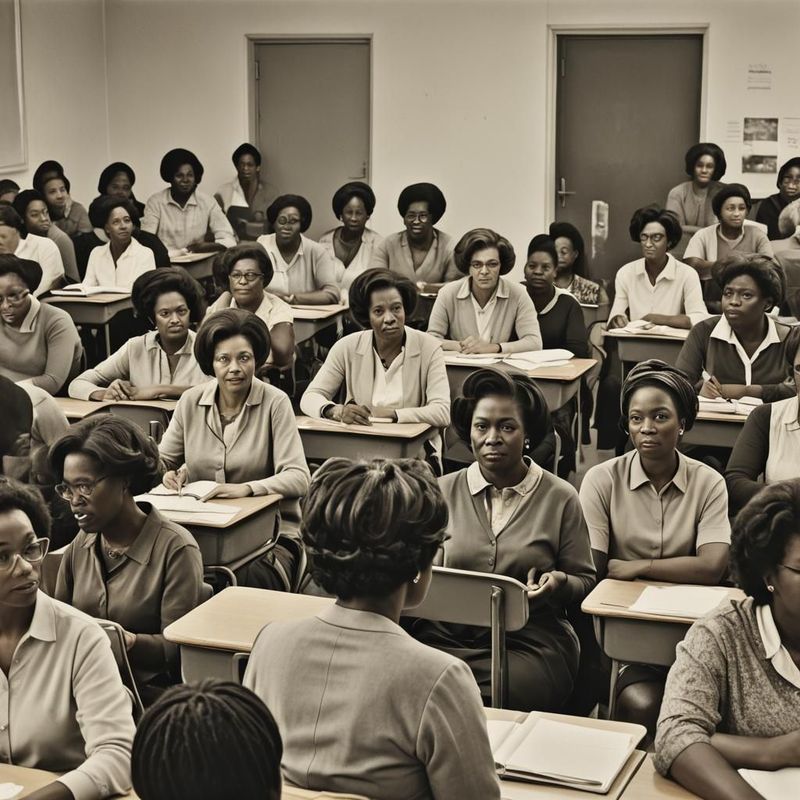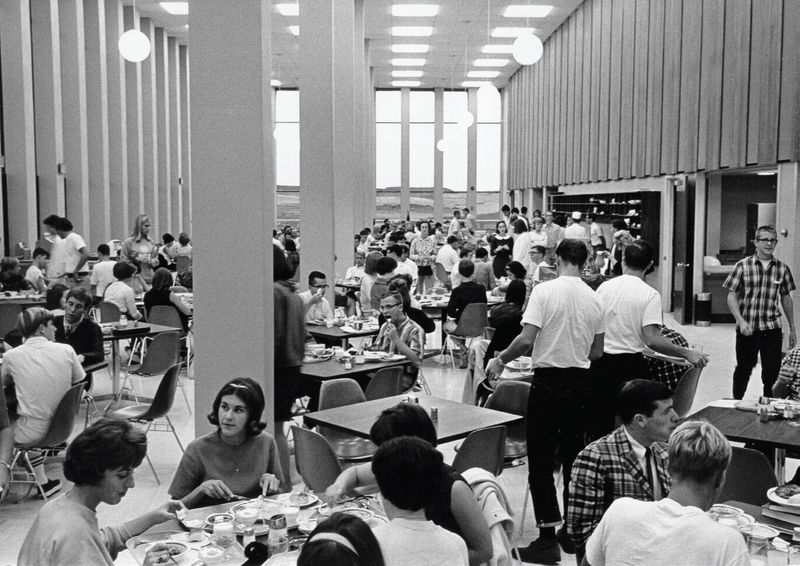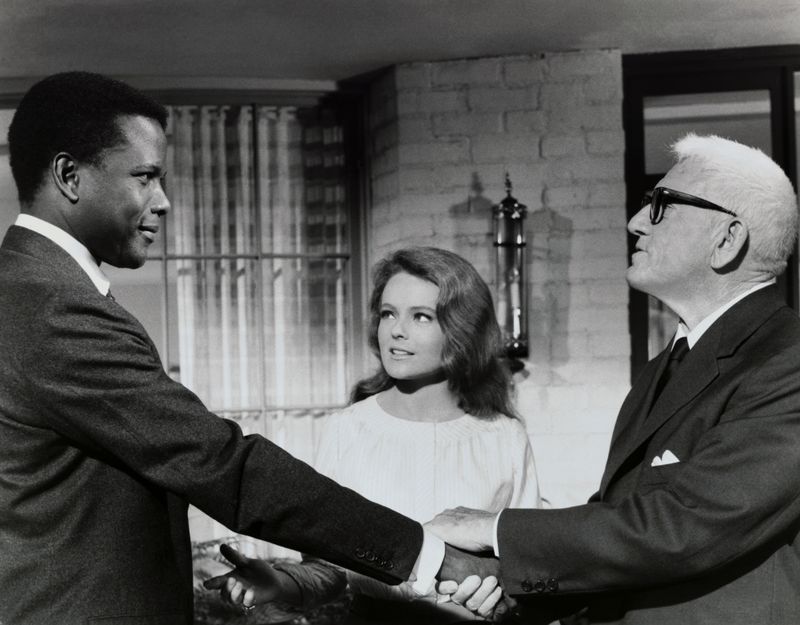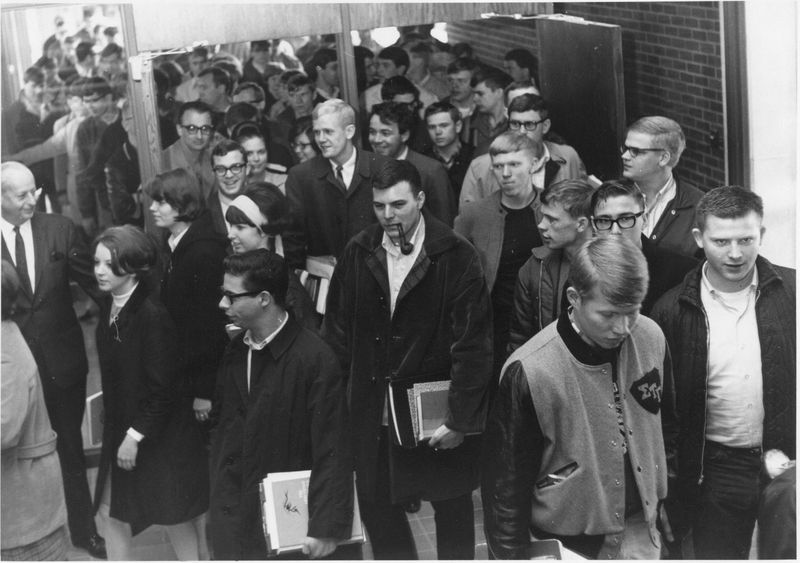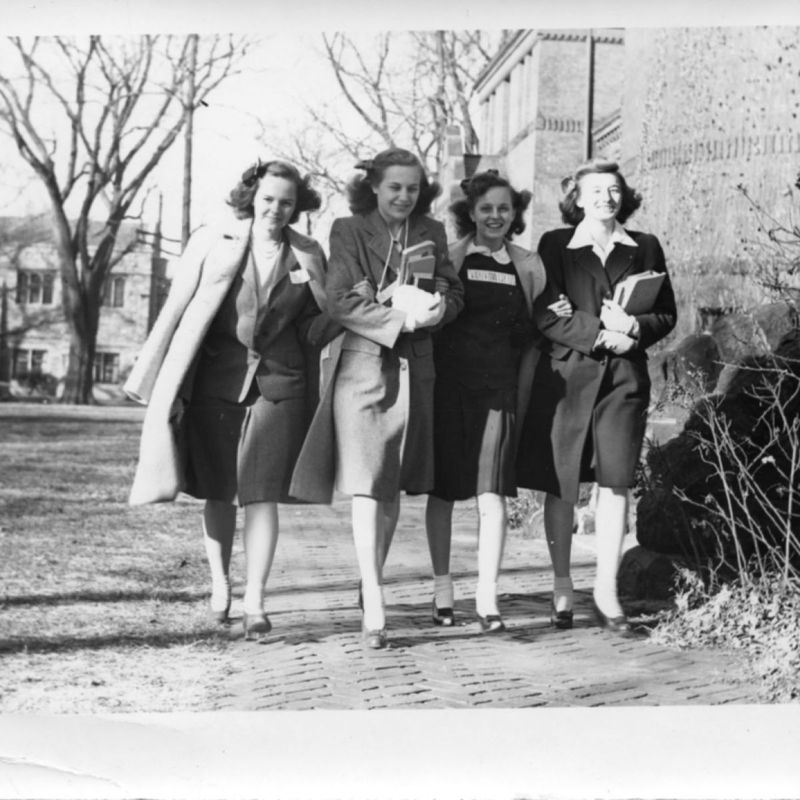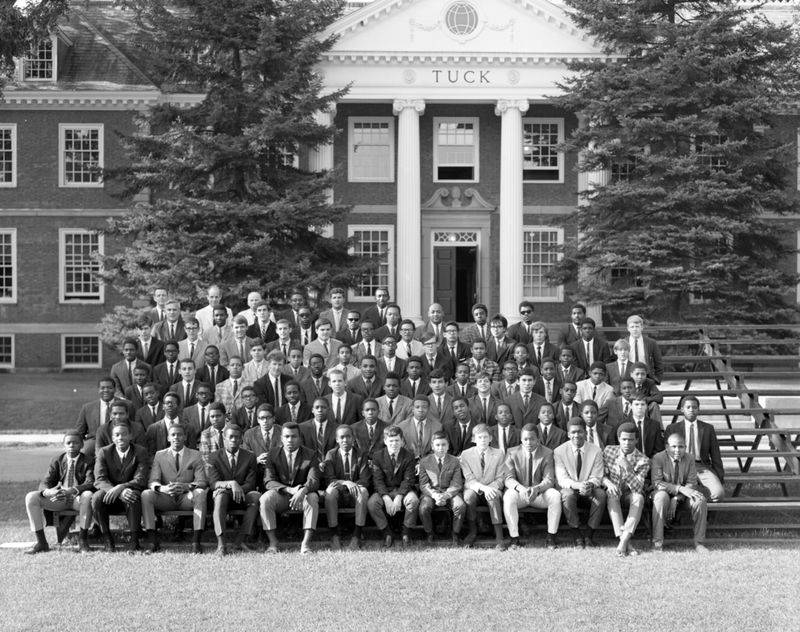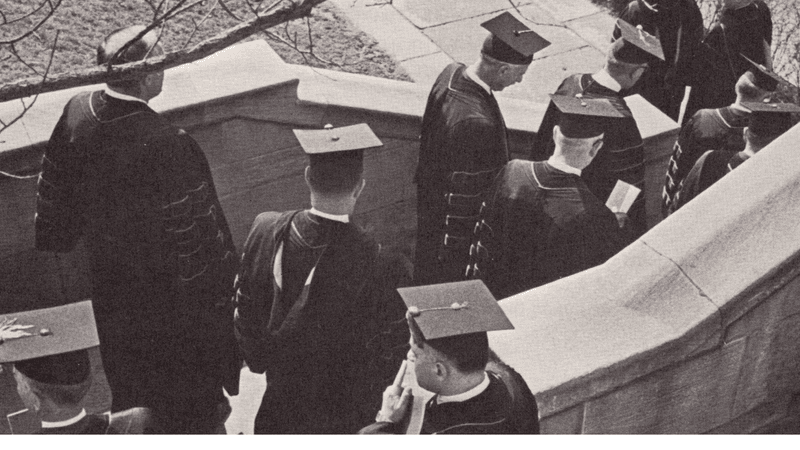Have you ever wondered how college life differed for previous generations? For Baby Boomers, the rules and expectations at college were starkly different from today’s norms.
These rules reflect a time of distinct social norms and cultural expectations that are almost unrecognizable to Gen Z. From strict curfews to mandatory dress codes, college life for Boomers was both structured and surprising in ways that would leave today’s students astounded.
Let’s explore these fascinating and sometimes bizarre rules that shaped the college experience for an entire generation.
1. Curfews for Female Students
Back in the day, female students had strict curfews that dictated their social lives. Returning late often meant trouble, even if it was just a few minutes.
For many, this rule seemed to enforce gender norms, as male students had more lenient restrictions. Curfews were seen as a way to “protect” young women, but they also limited their independence.
It was common for dormitory doors to lock at certain hours, leaving latecomers stranded outside. Such rules might sound restrictive to Gen Z, who enjoy more freedom, but they reflect a different societal mindset.
2. Mandatory Chapel Attendance
College life for Boomers often included mandatory chapel attendance, a far cry from today’s secular campus experiences.
These services were held regularly and considered essential for moral instruction. Attendance was taken seriously, and missing chapel could lead to disciplinary action.
For those who weren’t religious, the requirement felt like an imposition. Yet, for others, it provided a sense of community. It highlights a time when religion played a significant role in education, something that has evolved considerably over the years.
3. Dress Codes on Campus
Boomers attended classes where strict dress codes were the norm. Jeans and casual wear were often frowned upon or outright banned.
Students were expected to dress in a manner befitting their status, with men in ties and women in dresses. This rule aimed to prepare students for professional life but also became a symbol of conformity.
For today’s students, who enjoy relaxed dress norms, this might seem overly formal. Yet, it was part of creating a disciplined and serious academic environment.
4. Gender-Specific Courses
In the past, colleges often offered gender-specific courses, reflecting societal expectations about gender roles.
Men were typically steered toward engineering and science, while women were encouraged to study home economics. This separation reinforced traditional career paths.
For Gen Z, who value inclusivity and equality, such distinctions may seem archaic. However, they were indicative of a time when gender roles were clearly defined and rarely questioned.
5. No Co-Ed Dorms
Unlike today, where co-ed dorms are common, Boomers lived in strictly gender-segregated housing. Men and women were housed in separate dorms, sometimes even on opposite ends of campus.
This rule was intended to maintain decorum and modesty, but it also limited social interaction between genders.
Gen Z might find this separation puzzling, as it contrasts sharply with the open and inclusive housing policies they are accustomed to. It reflects a conservative approach to student life that prioritized traditional values.
6. Limited Access to Birth Control
Access to birth control was a contentious issue during the Boomer college years. Many colleges restricted access, reflecting broader societal attitudes toward contraception.
This limitation often forced students to seek alternatives or abstain altogether, impacting their private lives significantly.
Today’s students, who typically have access to comprehensive healthcare services, might find this shocking. It highlights the cultural shifts in attitudes towards reproductive health and autonomy over the decades.
7. Strict Visitation Hours for Opposite Sex
Visiting hours for members of the opposite sex were strictly enforced in Boomer-era dorms. These hours were limited and closely monitored by resident advisors.
The rules were designed to maintain propriety and prevent “inappropriate” behavior, reflecting the era’s conservative values.
Gen Z, accustomed to more relaxed social norms, might view these restrictions as intrusive. They underscore the significant changes in attitudes towards gender interactions on campus over time.
8. No Alcohol on Campus
Boomers faced strict no-alcohol policies on campus, with severe consequences for violations. Many colleges enforced a dry campus rule, often rooted in religious or moral beliefs.
Students caught with alcohol faced disciplinary action and potential expulsion. This rule curtailed social activities and spurred underground parties.
Today, many campuses have more lenient policies, though drinking age laws still apply. This change reflects evolved attitudes towards alcohol consumption and personal responsibility.
9. Saturday Classes
For Boomers, attending classes on Saturdays was a common requirement, adding to the academic pressures of college life.
This practice aimed to maximize learning time but often led to student burnout. It left little room for rest or extracurricular activities over the weekend.
Gen Z, enjoying a Monday-Friday schedule, may find this excessive. It illustrates the shift towards recognizing the importance of work-life balance in education.
10. Single-Sex Extracurricular Activities
Extracurricular activities were often single-sex, reflecting broader societal norms about gender roles.
This division extended to clubs, sports, and even some social events. While it fostered camaraderie among peers, it also reinforced gender stereotypes.
For today’s students, who are accustomed to co-ed activities, this separation seems outdated. It highlights how the approach to extracurriculars has evolved toward inclusivity and diversity.
11. Mandatory ROTC for Male Students
Many male students were required to participate in ROTC (Reserve Officers’ Training Corps), reflecting the national emphasis on military readiness.
For some, it was a valuable leadership experience, while others viewed it as an imposition. The requirement often conflicted with academic responsibilities.
Today, ROTC is voluntary, showcasing a shift towards personal choice in educational paths. It underlines the changing relationship between education and military service.
12. Limited Career Counseling
Career counseling services were limited during the Boomer college years, offering fewer resources than today’s comprehensive support systems.
Students had to navigate job markets with little guidance, often relying on personal networks. This lack of support sometimes led to mismatched career paths.
Gen Z benefits from extensive career services, highlighting the evolution of student support. This change emphasizes the growing recognition of the importance of career readiness in education.
13. Prohibition of Long Hair for Men
For male students, maintaining short haircuts was often a mandate, reflecting conservative grooming standards of the time.
Long hair was associated with rebellion and non-conformity, and some colleges even expelled students for not adhering to grooming policies.
Gen Z, who express individuality through diverse hairstyles, may find this rule oppressive. It highlights the cultural evolution towards personal freedom and self-expression.
14. Compulsory Physical Education
Physical education was a compulsory part of the curriculum, aimed at promoting health and fitness among students.
These classes were rigorous and often graded, adding to academic stress. For some, it was a chance to stay active; for others, an unwelcome burden.
Today’s students often enjoy more choice in physical activities, reflecting a shift towards personal wellness and interests. This change highlights the evolving priorities in education.
15. Limited Campus Housing
Housing shortages were common, leading to limited on-campus accommodations. Many students had to live off-campus, sometimes far from their classes.
This scarcity created logistical challenges and often increased living expenses. It also fostered close-knit communities among those who lived on campus.
Today, many institutions have expanded housing, reflecting the growing student population and demand for on-campus living.
16. Segregated Dining Halls
Dining halls were often segregated by gender, limiting social interactions across sexes during meals.
This separation reflected the era’s conservative values, but also created a unique dining atmosphere. Students often socialized within their own groups, reinforcing gender norms.
Gen Z, accustomed to integrated environments, might find this practice surprising. It highlights the cultural shift towards inclusivity and social integration.
17. Strict Library Silence Policies
Libraries enforced strict silence policies, making them places for serious study. Any noise was frowned upon, and librarians strictly upheld this rule.
This quiet atmosphere was designed to promote concentration but often felt oppressive.
Today, libraries often encourage collaborative work, reflecting a shift towards more interactive learning environments. It highlights the balance between individual focus and group study in modern education.
18. Limited Financial Aid Options
Financial aid was limited, making college unaffordable for many. Scholarships and grants were less common, and loans were often the only option.
This financial strain affected access to higher education, often limiting college to those with means.
Gen Z benefits from more diverse financial aid options, reflecting a commitment to accessibility and reducing economic barriers to education.
19. Prohibition of Political Protests
Political activism faced strict restrictions, with many colleges prohibiting protests and demonstrations on campus.
This rule aimed to maintain order but also stifled free expression. Students risked disciplinary action for participating in protests.
Today, campus activism is a vibrant part of college life, reflecting the evolving recognition of students’ rights to voice their opinions and engage in societal issues.
20. Mandatory Freshman Orientation
Freshman orientation was mandatory, designed to acclimate new students to college life. These sessions covered rules, academic expectations, and campus resources.
While helpful, they often felt overwhelming, cramming information into a short time. For some, it was an essential introduction; for others, an obligatory formality.
Today’s orientations often focus more on community-building, reflecting a shift towards holistic student support and integration.
21. No Cars Allowed for Freshmen
Freshmen were often banned from having cars on campus, a rule aimed at easing parking shortages and encouraging campus integration.
This restriction required reliance on public transport or carpooling, affecting independence and convenience.
Today’s campuses often allow cars, reflecting the increased mobility and personal freedom expected by modern students.
22. Gender-Specific Majors
Colleges often offered majors based on gender, with men and women encouraged to pursue traditional career paths.
This practice reinforced societal expectations and limited career choices for many. Women often faced barriers in male-dominated fields.
Gen Z, valuing diversity and inclusion, benefits from a wide range of academic options regardless of gender, reflecting the progress towards educational equality.
23. Limited Dining Options
Dining options were limited, often restricted to a few choices that lacked diversity. This scarcity was partly due to logistical constraints and budget considerations.
Students had to adapt to repetitive meals, with little opportunity for special dietary needs.
Today’s students enjoy diverse and inclusive dining options, reflecting a shift towards accommodating a variety of tastes and dietary preferences.
24. Prohibition of Interracial Dating
Interracial dating was discouraged or outright banned at some institutions, reflecting prevailing societal prejudices.
This prohibition created a hostile environment for those in interracial relationships, reinforcing racial divides.
Today’s campuses promote diversity and acceptance, highlighting significant progress in social attitudes towards love and partnership.
25. Limited Study Abroad Programs
Study abroad opportunities were rare, making international education a dream for many.
Programs were limited in scope and accessibility, often requiring significant financial resources. This scarcity restricted cultural exchange and global perspectives.
Today’s students benefit from a wealth of study abroad options, reflecting a commitment to global education and cultural understanding.
26. Compulsory Morning Classes
Morning classes were a compulsory part of the college schedule, often starting at the crack of dawn.
This requirement was challenging for night owls and those balancing part-time jobs, adding to student stress.
Today’s flexible schedules offer more options, accommodating diverse lifestyles and learning preferences. It highlights the shift towards student-centered scheduling.
27. Mandatory Slide Rule Proficiency
Back in the day, students faced the surprising requirement of becoming proficient in using slide rules. Imagine a math class where electronic calculators were unheard of, and every calculation had to be done manually using these analog devices.
Students spent countless hours mastering this skill, which was essential for passing exams.
The classroom atmosphere was filled with the sound of slide rules clicking as students furiously calculated under pressure. Teachers insisted on accuracy and speed, making this a nerve-wracking experience.
While today’s students rely on digital calculators, boomers had to handle these intricate tools with precision.
28. Dartmouth College’s Whistle Rule
At Dartmouth College, there was a rather peculiar rule involving whistles. Security officers were equipped with whistles, which they would blow to signal students breaking any rules.
Imagine walking across campus, and suddenly hearing a sharp whistle, indicating someone was in trouble.
This method was intended to maintain order and discipline without confrontation. Students had to be constantly aware of their behavior, as the whistle could blow at any moment.
The rule added an element of unpredictability to campus life, reflecting a time when college regulations were enforced in unconventional ways.
Today, this system sounds more like a scene from a comedy than a real policy.
29. One-Size-Fits-All Education
Education followed a one-size-fits-all approach, with little room for individual learning styles or interests.
Classes often relied on lectures and rote memorization, lacking the interactive and personalized methods common today.
Gen Z benefits from diverse educational approaches, reflecting a recognition of the importance of catering to different learning needs and preferences.
